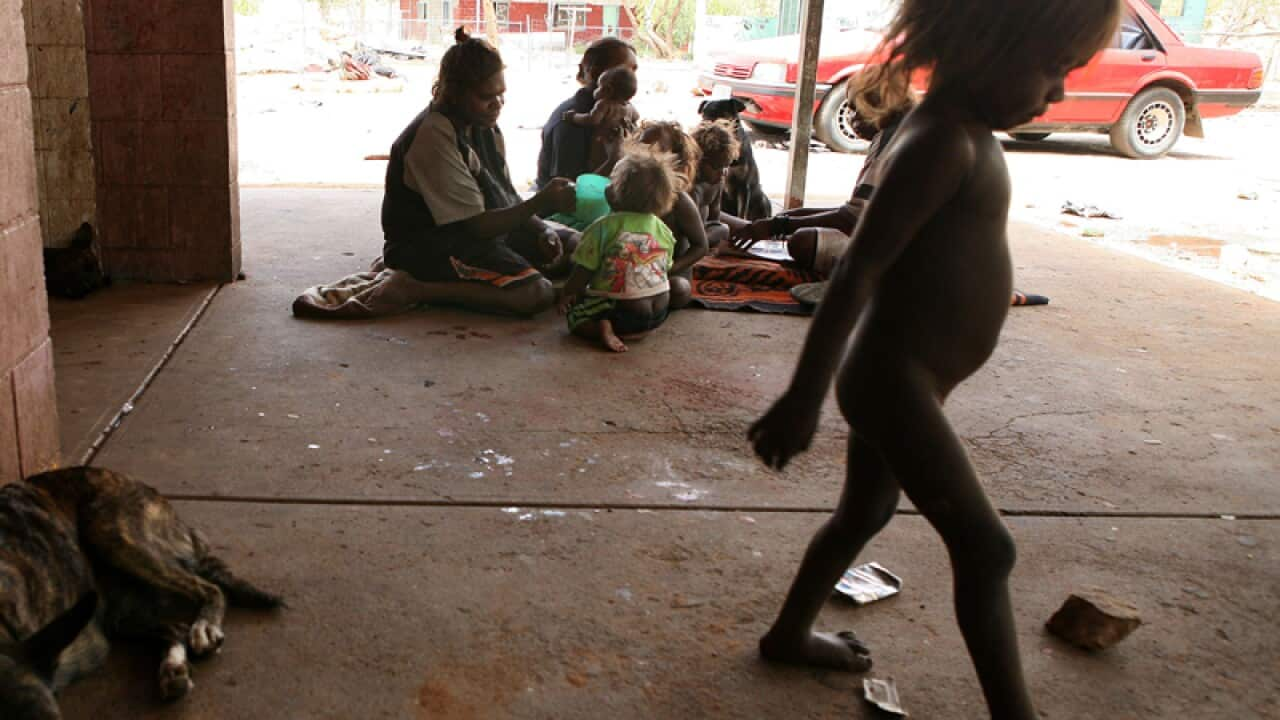Developed by Indigenous artist Riki Salam, the artwork is a stylistic interpretation of the human heart.
It will be projected onto the William Jolly Bridge for four nights in recognition of World Heart Day on September 29.
Heart disease is the greatest contributor to the life expectancy gap between First Nations people and the wider population, says Heart Foundation CEO Stephen Vines.
"In particular the rates of rheumatic heart disease (RHD) in Australian Indigenous communities are amongst the highest in the world," he says.
A preventable disease, RHD is rare in developed countries, but in Australia Indigenous people are 64 times more likely to have the condition. In the Northern Territory between 2005 - 2010, 98% of all cases of rheumatic fever involved Indigenous people.
Mr Vines says research into a new vaccine, which has reached the stage of human trials, could provide hope in the battle against heart disease.
"Research into a needle-free strep A vaccine, being developed at Griffith University, has the potential to make a dramatic impact in reducing the levels of RHD not just in Australia but around the world," he says.
“The strep A bacteria can lead to many illnesses including rheumatic heart disease.
“A vaccine to halt it into developing into RHD has the potential to save hundreds of thousands of people across the globe.”
The Heart Foundation, in partnership with Brisbane Indigenous Creative Agency Gilimbaa, hope lighting the bridge will raise awareness of the health issues facing Indigenous Australians.
Gilimbaa co-founder and director David Williams described the project as "an effective and innovative way to showcase our culture to the wider community with a strong and important message around health for our people".
The bridge will light up for four nights from September 28 - October 1.











